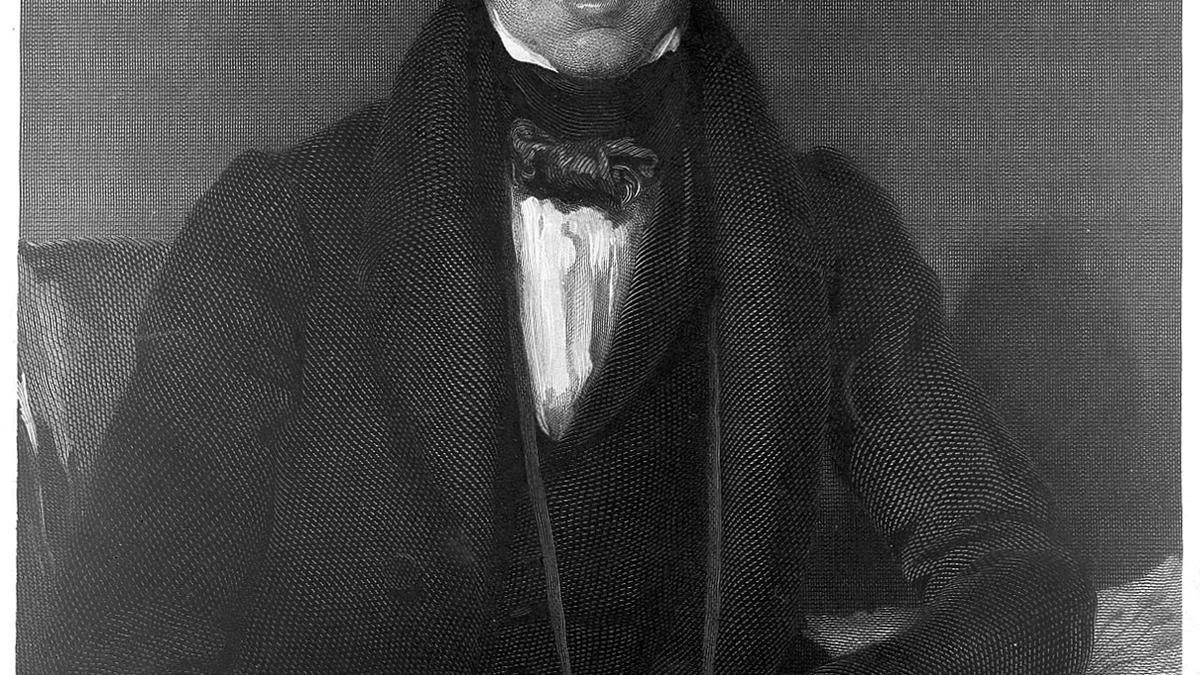
Brown, botany, and Brownian motion
The Hindu
On June 9, 1803, botanist Robert Brown completed his trip of Australia aboard HMS Investigator. That voyage enabled him to collect thousands of plant samples, which he dutifully classified and named. A.S.Ganesh tells you more about Brown and the Brownian motion that now bears his name…
Even a little over 200 years ago, the world was very unlike what we are used to everyday now. Instant communication was inconceivable. Getting from one place to another was often a slow, laborious process. And vast spaces were still uncharted.
Australia was one such landmass, really! The HMS Investigator was a British vessel used for an expedition from 1801-1803 to map the Australian coastline. Part of this expedition was Robert Brown, a botanist who went on to contribute immensely through his original work on the flora of Australia.
Brown, however, didn’t always want to take to botany. Born in 1773 in the coastal town on Montrose in Scotland, Brown’s family moved to Edinburgh in 1790. Despite initially planning to study medicine at the University of Edinburgh, Brown found himself drawn to botany. He travelled into the Scottish Highlands, collecting plants and writing their descriptions with meticulous detail, and even discovered a new species of grass, Alopecurus alpinus.
Even when his studies were interrupted by military service, being stationed in Ireland as a surgeon’s mate afforded him plenty of time to tend to his interests. So much so that by the turn of the century, he established himself as an amateur botanist in the Irish community, without a formal degree.
Brown’s hopes of earning a living as a full-time botanist received a boost when he was selected as the naturalist for a scientific expedition aboard the Investigator, and the British Navy appointed Lieutenant Matthew Flinders as its commander. The voyage was planned to explore “New Holland” – the continent that we now call Australia.
Tasked with collecting as many plants, insects, and bird species as possible, Brown set sail from London aboard the Investigator in July 1801. Months later, they stopped at the Cape of Good Hope for a couple of weeks, during which Brown experienced “some of the pleasantest botanizing,” in his own words.
Having arrived in Western Australia by December, Brown spent the next year and a half collecting over 3,000 specimens, many of which were previously unknown and local to Australia. With the circumnavigation of Australia completed and the mapping of Australian coastline achieved, the voyage came to an end on June 9, 1803 when the Investigator reached Port Jackson.





















 Run 3 Space | Play Space Running Game
Run 3 Space | Play Space Running Game Traffic Jam 3D | Online Racing Game
Traffic Jam 3D | Online Racing Game Duck Hunt | Play Old Classic Game
Duck Hunt | Play Old Classic Game











